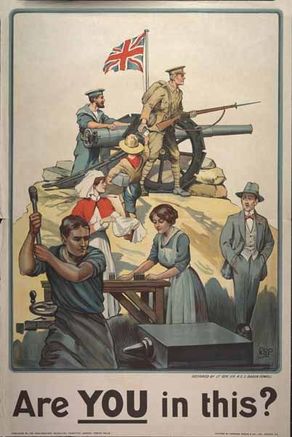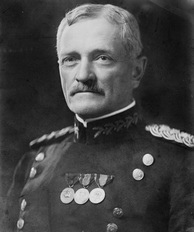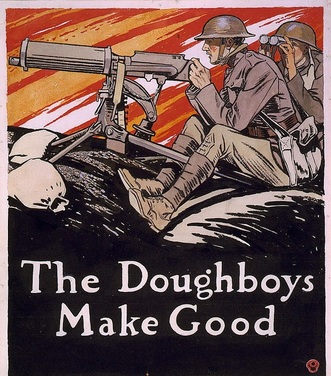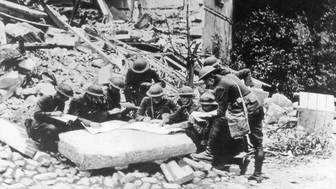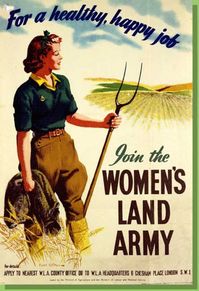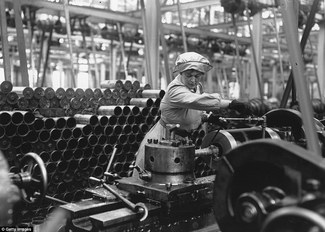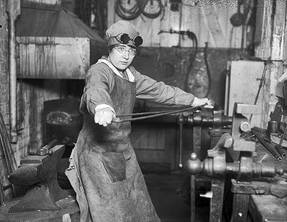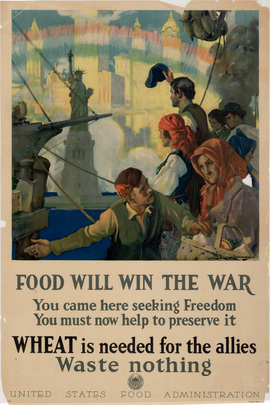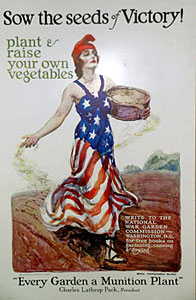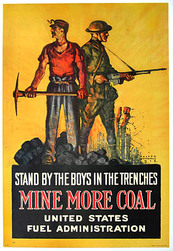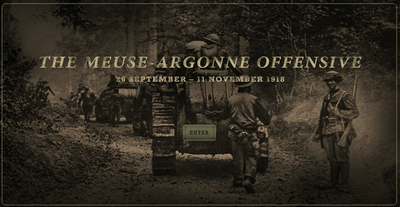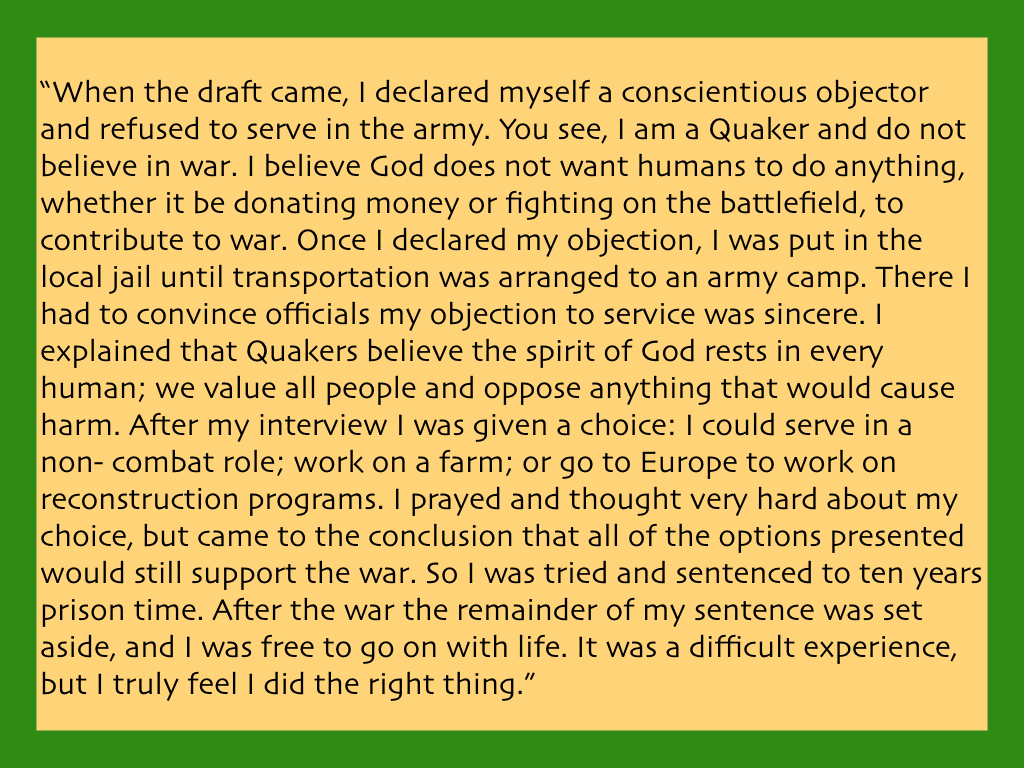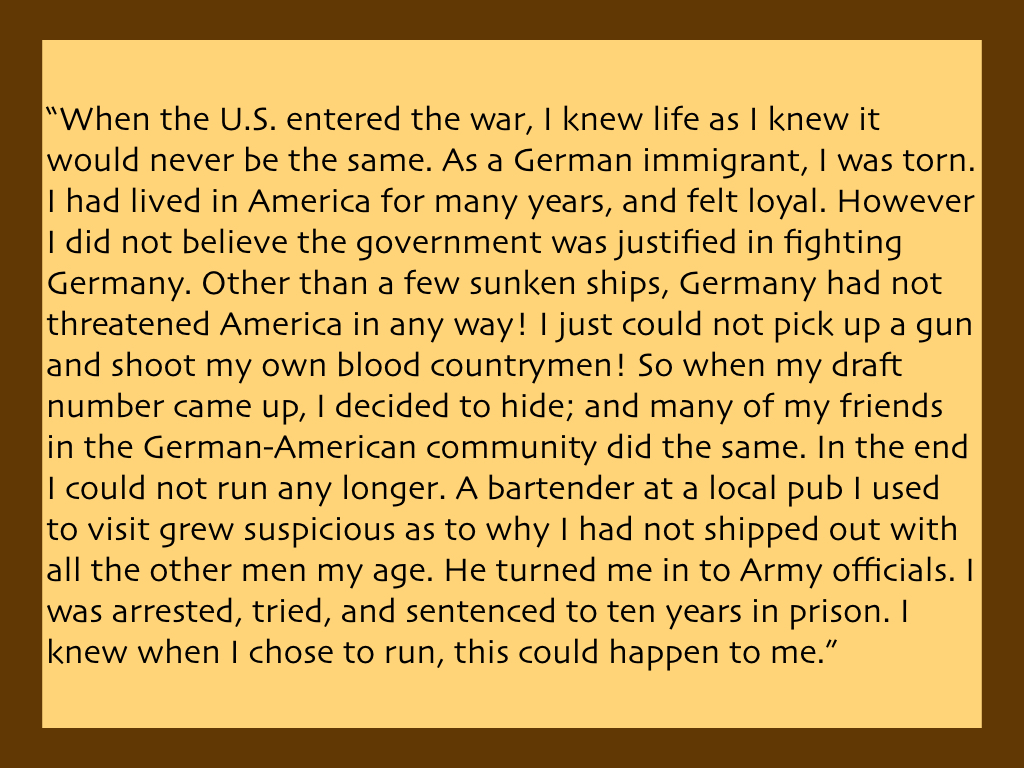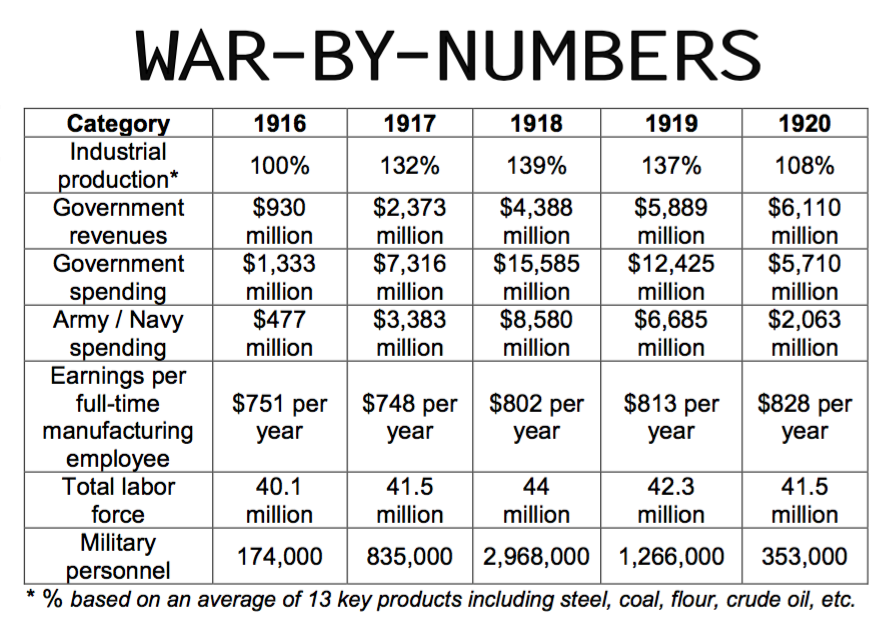TOTAL WAR
READ ABOUT IT!
Welcome to the Total War Virtual Center. The first thing your group needs to do is read about Total War during World War I. After you read, you need to work together to complete the Total War Page in your Lesson Chronicles.
TOTAL WAR
|
Unlike the European countries, Hoover did not want America have a rationing system. He relied instead on volunteerism and patriotism to meet his goals. Using widespread propaganda, including posters, billboards, magazines, movies, and other materials, he was able to pile up huge stores of food. He asked Americans to abide by wheat-less Wednesdays and meatless Tuesdays in order to save food for export. Citizens were encouraged to plant victory gardens to grow their own food and save the nations’ supply for overseas.
Pictured right: Propaganda encouraging people to grow victory gardens
|
|
Hoover’s approach worked very well as Americans enthusiastically answered his calls for sacrifice. Food production of American farms increased 25% and exports tripled. His methods and propaganda were imitated by other government agencies such as the U.S. Fuel Administration and the U.S. Treasury Department in their quest to save fuel and raise money through the sale of war bonds and other wartime fundraising measures.
Pictured left: Propaganda from the U.S. Fuel Administration encouraging miners to mine more coal.
|
THE DRAFT
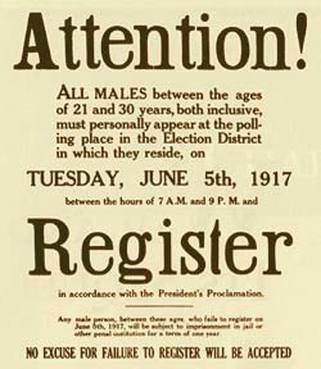 Notice of the draft
Notice of the draft
What does a country do when it's getting ready to go to war? Obviously weapons and uniforms are needed, but the most important part is the manpower. Many men volunteer at the start of a war, but what about later on? The passionate fire of patriotism can start to burn low when a war drags on. What is a country to do then? The answer is conscription or the draft.
When the United States joined the Allies in 1917, they had no supplies stockpiled and no industrial infrastructure for producing war materials. Even the military leadership was unsure of what they would need in manpower and equipment.
A month after war was declared, President Wilson signed a new draft bill which put the Selective Service Act in place. The Selective Service Act was a national program that was run on the local level. These local boards did a good job and soon showed that the weakness was not in the supply of men, but in the supply of equipment.
When the United States joined the Allies in 1917, they had no supplies stockpiled and no industrial infrastructure for producing war materials. Even the military leadership was unsure of what they would need in manpower and equipment.
A month after war was declared, President Wilson signed a new draft bill which put the Selective Service Act in place. The Selective Service Act was a national program that was run on the local level. These local boards did a good job and soon showed that the weakness was not in the supply of men, but in the supply of equipment.
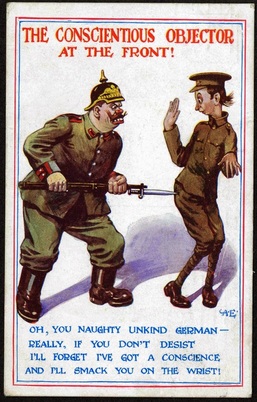 What is the illustrator of this political cartoon think of conscientious objectors?
What is the illustrator of this political cartoon think of conscientious objectors?
Not everyone who wanted to serve was allowed, even though the law provided for it. Many who could have served, refused as conscientious objectors. These men were often given non-combat jobs. Many African-Americans were barred from participating as Caucasian soldiers could. Eventually, they were allowed to form their own units. Through their courage and tenacity, they proved those who had discriminated against them wrong.
In 1918, the Supreme Court upheld conscription as a legal institution. Some thought of it as forced servitude, but the court said it was not. It was the right of Congress to raise and support an army to defend the country. However, it was also the right of objectors to voice their opinions. Whichever side of the war a person might have been on, the need for men to fight for the freedoms of others was clear. Conscription of soldiers was not universally supported, but it provided the manpower to win the war.
ANALYZE IT!
In today's Analyze It Activity, you will do several mini activities to learn explore the many ways Americans worked to fight in World War I. Read the directions for each mini-activity. Complete this section in your Lesson Chronicles.
PART 1: THE MEUSE-ARGONNE OFFENSIVE INTERACTIVE
The first activity is the Meuse-Argonne Offensive Interactive. In this activity, you will click on the icon below and explore an interactive simulation of the Meuse-Argonne Offensive. You and a partner will work together to complete a scavenger hunt in your Lesson Chronicles. You will need to click on various parts of the map to find the information for the hunt. Make sure you read the information in the interactive. Some of this will be in your mission check!
PART 2: MOVIE TIME!
The second activity is the Women in World War I Video Clip Analysis. In this activity, you will click on the icons below and watch two video clips. Make sure to wear your headphones. You and a partner will work together to complete the analysis questions in your Lesson Chronicles.
PART 3: Evaluating the Conscientious Objector
The third activity involves evaluating two real life accounts of conscientious objectors. In this activity, you will read two different accounts. You can use the speak function on your computer to read it to you but you must use your headphones. You and a partner will work together to complete the evaluation questions in your Lesson Chronicles.
PART 4: War by Numbers
The fourth activity is analyzing how the numbers in World War I impacted American lives. With a partner, use the table below to answer the question in your Lesson Chronicles.
PROVE IT!
You just learned about Total War during World War I. Now you need to show off what you know. Complete the Center Check by clicking on the Center Check Icon below and answering the questions.
CENTER COMPLETE!
You have completed the Total War Virtual Center. Click on the button below to go back to the Lesson 3 - America Enters World War I.

